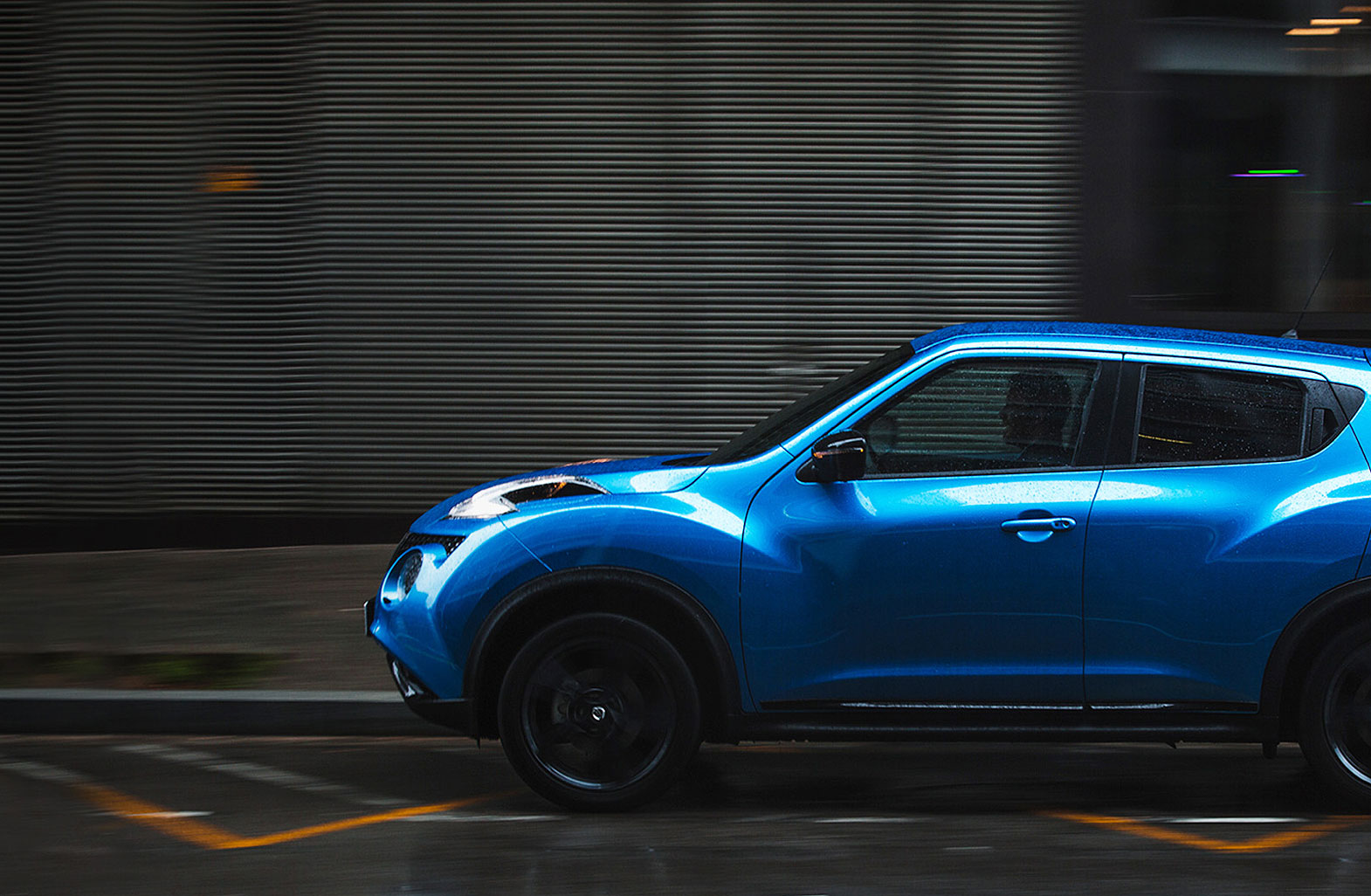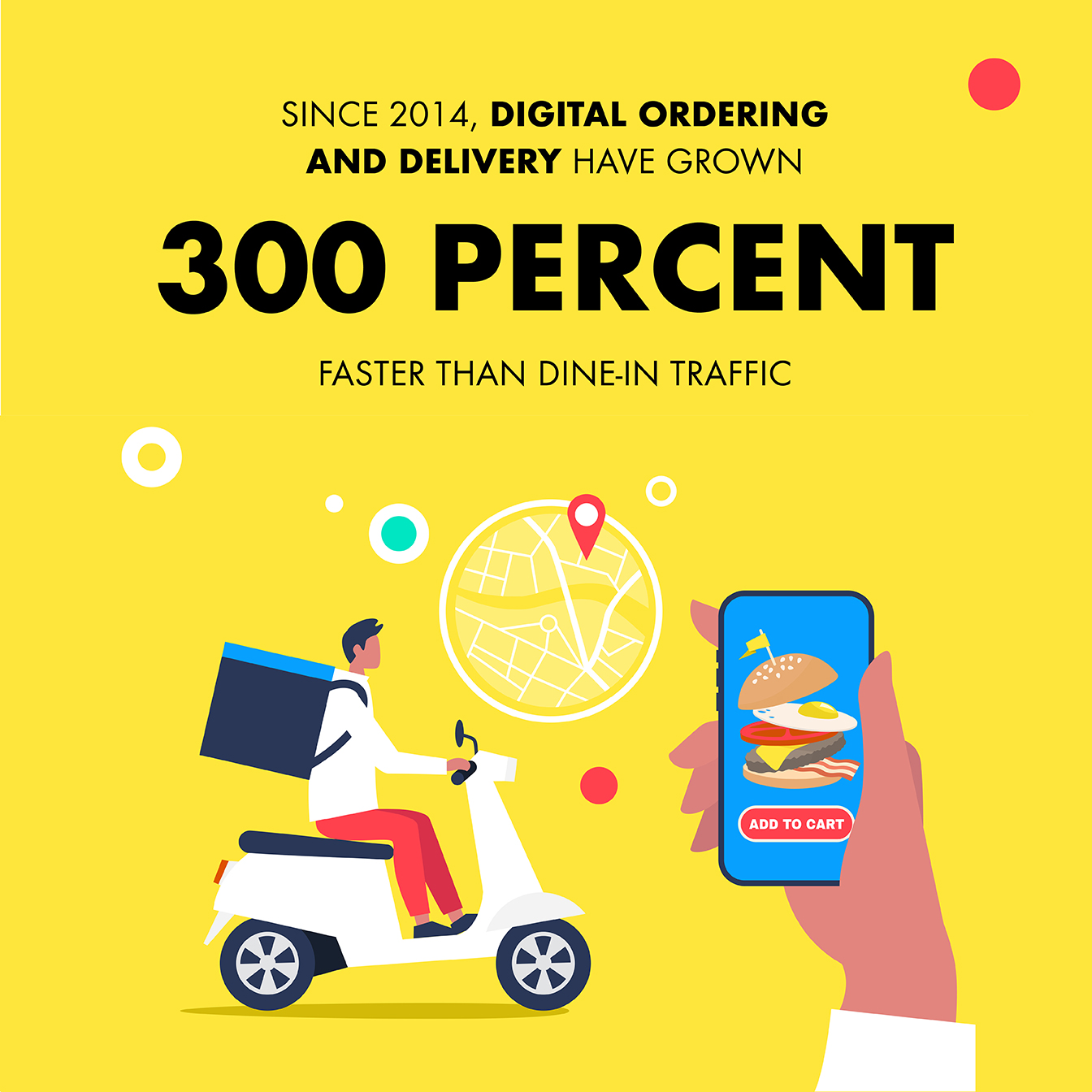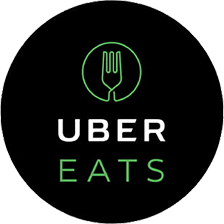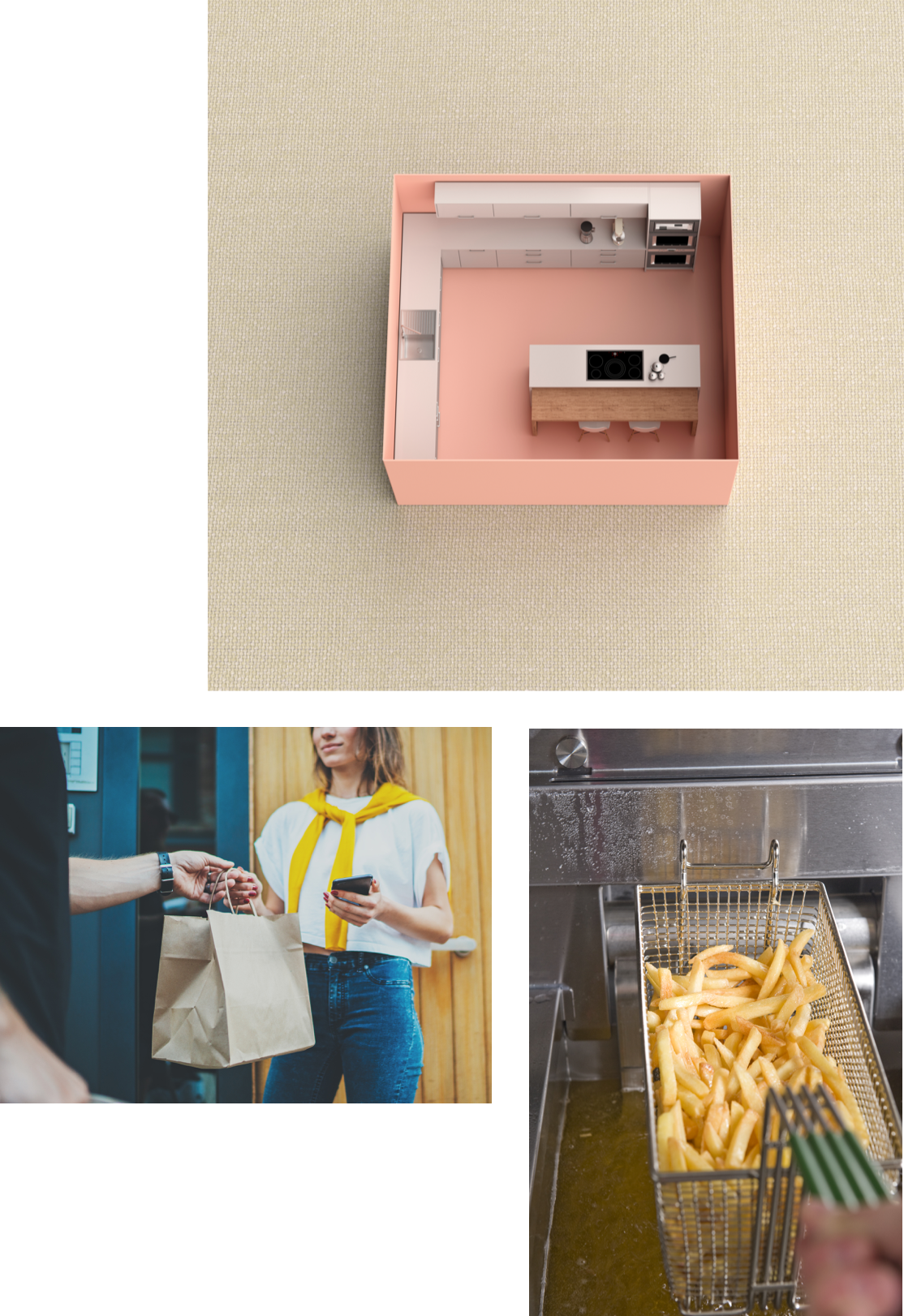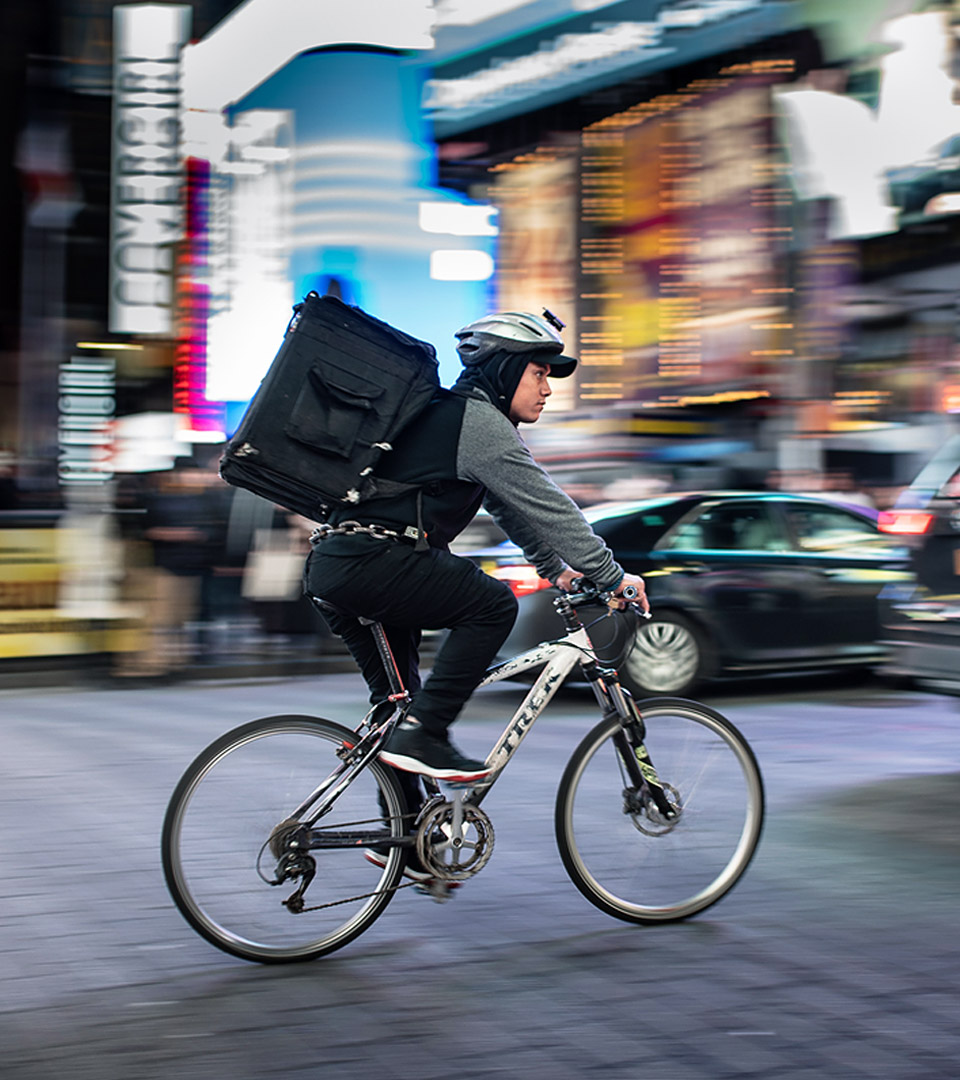Delivery is the new normal
The drive thru was introduced to improve convenience—but nothing is more convenient than having food brought to you. That’s the not-so-secret behind the rise in delivery and its ability to edge out traditional take-out options.
However, unlike the drive thru, which was a channel owned by the restaurant, organizations have a variety of options for serving delivery orders—the most obvious being a delivery partner. Though, even here, we see an abundance of choice.
North America is host to more than ten online food delivery companies, the largest being Grubhub with over a one third share of the market. Europe also has more than a dozen providers, with Dutch company Just Eat leading the charge. But in terms of sheer numbers, Asia accounts for a massive 55 percent share of the global online food delivery market. China alone registers over $34 billion in online food delivery revenues in 2018.

